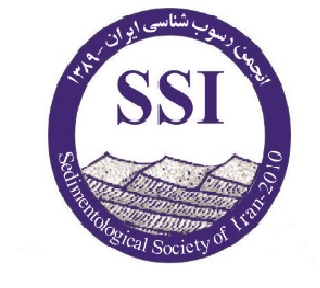The Study of the Late Anisian Deposits in Kal-e Angur and Kal-e Ghalak sections, in The Aghdarband Tectonic Window (NE of Iran)
Subject Areas :
Keywords: Nazarkardeh formation Sedimentary environments Sequence stratigraphy Diagenesis Agh Darband.,
Abstract :
Short sea level transgression during the late Anisian with high fossils content in the Kopet Dagh sedimentary basin in Aghdarband tectonic window, represents the gradual transition from the late Scythians (referred to The Sefid Kuh Formation) to The Sina Formation with volcanic and volcaniclastic sediments. These sediments entitled Nazarkardeh formation, are the second Formation in exceptional facies of the Triassic which is exposured in the east of the Kopet Dagh sedimentary basin, north east of Iran and consists of a carbonate and pyroclastic rock unit that from base to top of the formation, includes limestone with marl and tuffaceous silt-sandy marls and nodular limestones with interbeds of sandstone, shale and tuffaceous marl in the lower part of this Formation. Petrographic studies, sequence stratigraphic and the determination of microfacies and sedimentary environments of this formation was performed in two sections of Kale Angur and Kale Ghalak. The horizons of carbonate and volcaniclastic sediments are derived from volcanic activity in the Turan plate at the same time and transported to the Nazarkardeh Fore-arc sedimentary basin. Microfacies in this formation include the lagoon to open marine sediments and sea level fluctuations in this formation led to determination of the 3rd depositional sequence with almost 4 ma. age. The diagenetic processes in this formation such as over growth rim cement, hematitization, fractures, dissolution and fossils shell replacement are effective in the identification of changes happened after sedimentation and often in the sequence boundaries detection.
